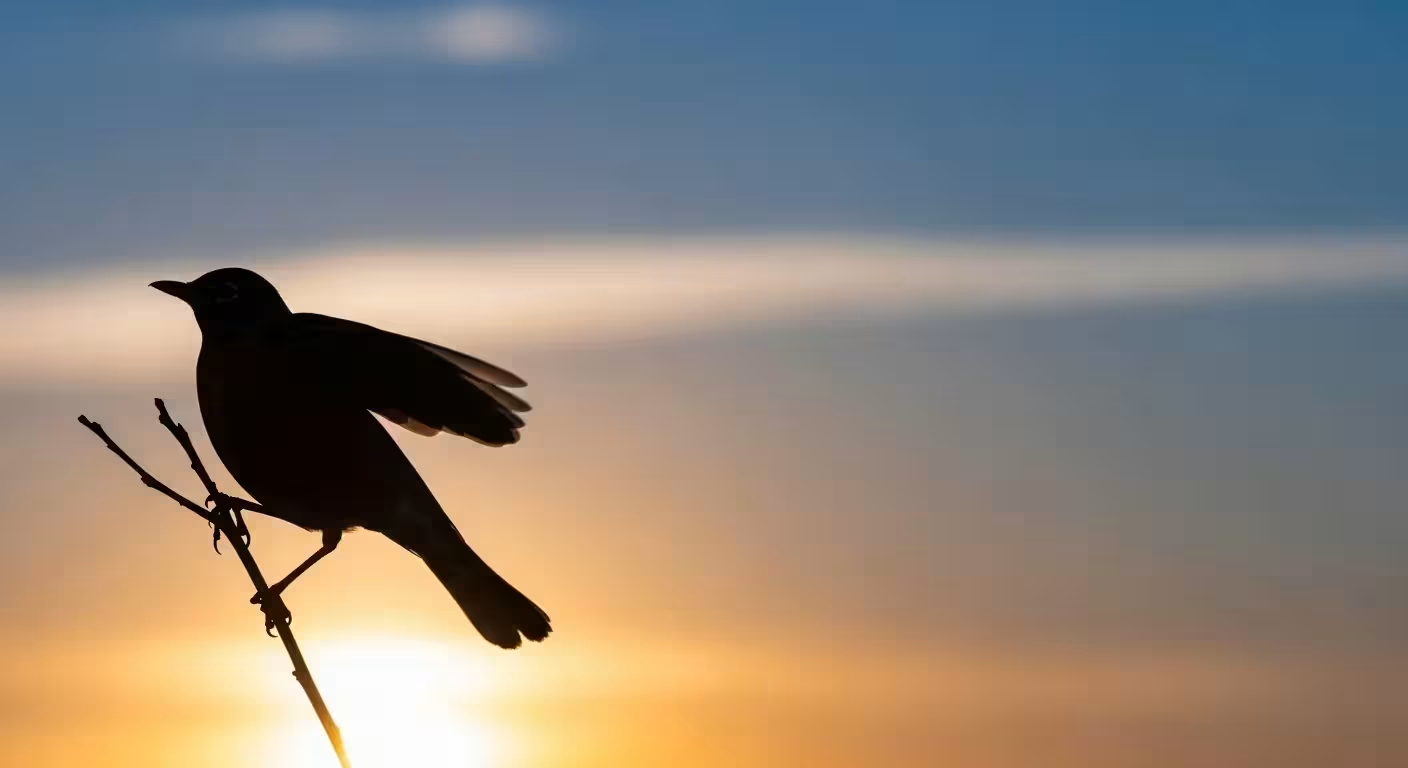
The Four Keys to Bird Identification: Beyond Just Color
The first instinct for many beginners is to identify a bird solely by its color. “I saw a yellow bird!” While color is important, it’s only one piece of the puzzle and can be misleading due to lighting or seasonal changes. Expert birders rely on a combination of clues to make a positive identification. Learning these four basic keys will dramatically improve your ability to figure out how to identify common backyard birds.
Size and Shape (Silhouette)
Before you even notice color, look at the bird’s overall size and shape. Is it small and compact like a sparrow, or larger and plumper like an American Robin? Is it bigger or smaller than a bird you already know? Using familiar birds as benchmarks is a great technique. For example, you might note a new bird is “smaller than a robin but bigger than a finch.”
Pay close attention to its silhouette. Does it have a long, pointy tail like a Mourning Dove or a short, stubby one? Does it have a crest on its head like a Blue Jay or a smooth, round head like a chickadee? The shape of the bill is an especially powerful clue. A finch’s bill is short and conical, perfect for cracking seeds, while a warbler’s is thin and needle-like for plucking insects.
Color Pattern
Once you’ve assessed size and shape, look at the color pattern. Instead of just seeing “blue,” ask yourself, *where* is the blue? Is the entire bird blue, or just its head and wings? Are there white bars on the wings? Is there a stripe over the eye? These specific markings are called field marks, and they are the unique patterns that distinguish one species from another.
For example, a male Northern Cardinal is brilliant red all over, with a black mask around its face. A male Summer Tanager is also a stunning red, but it lacks the cardinal’s crest and black mask, and its bill shape is different. Focusing on the pattern, not just the overall color, is key.
Behavior
A bird’s actions can tell you as much as its appearance. How does it move? Does it hop across the lawn, or does it walk one foot at a time? Does it cling upside down on a tree branch like a nuthatch or spiral its way up the trunk like a woodpecker? Does it flick its tail constantly? These characteristic movements are often unique to a bird family or species.
Also, observe its flight style. Is its flight path direct and fast, or does it follow an undulating, bouncy pattern like a goldfinch? Does it soar high in the sky or flit low through the bushes? Every action is a clue.
Habitat and Sound
Finally, consider the context. Where are you seeing this bird? While backyard birds are often generalists, some have strong preferences. A bird seen wading in a marsh is unlikely to be the same species you’d find in a dense pine forest. The time of year is also critical. A bird’s range can change dramatically between summer breeding grounds and wintering areas. Your field guide’s range map will show you which birds are expected in your state during a particular season.
And don’t forget to listen. Birdsong is one of nature’s great joys, but it’s also a vital identification tool. Birds have two main types of vocalizations: songs and calls. Songs are typically more complex and are used to defend territory and attract mates. Calls are shorter, simpler sounds used for communication, like warning of a predator. Learning to recognize the common calls in your backyard—the “chick-a-dee-dee-dee” of a chickadee or the loud “jay! jay!” of a Blue Jay—can help you identify birds even when you can’t see them.















